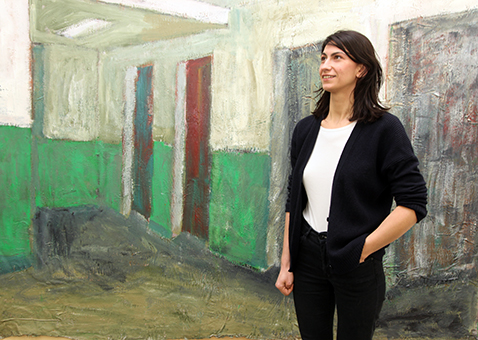wanderlust
Always Looking Further Up

For the past few years there has been a great deal of buzz around the Eastern European art scene. It started with Warsaw and continues to stretch its glow across the rest of Europe all the way to Moscow. In fact, I’ve been told that any number of these cities may develop to be the next Berlin. Cheap rent and large studios in these cities could potentially attract artist and curators like moths to a flame -– the same way Berlin has. As an American many of these cities seemed so alien to me, and I was curious to see what exactly was coming out of these Eastern bloc. Luckily, Berlin is home to one of the more exciting spaces to come out of these countries: Plan B from Romania. So I set up a date and waltzed over to their headquarters here in the city by the Spree to get some questions answered.
From Darkness Comes Light
After the Wall fell and communism subsided throughout Europe, naturally what was hidden behind the Iron Curtain began to creep into the west. Thousands of artists who were forbidden to travel to more democratic states were finally having their voices heard in the contemporary art scene. The progression of this exposure of Eastern European art to places like London and New York began with Poland and East Germany. Inevitably all roads began to lead to Romania, specifically a medium sized city named Cluj in the northwest near the border of Hungary. Here resided a few artists who had gone abroad and brought back with them some ideas for the Cluj art scene. Blessed by a communal spirit unique to the city, spaces began to emerge dedicated solely to contemporary art. This is where Plan B was initiated in 2005 by Mihai Pop and Adrian Ghenie.
“From the very beginning we weren’t interested in just being a project space, we wanted to be up there with recognized/acclaimed galleries,” gallery director Mihaela Lutea, who joined the team after starting their satellite space here in Berlin in 2008 along with Mihai Pop.
Be the first to write a comment.
Your feedback
